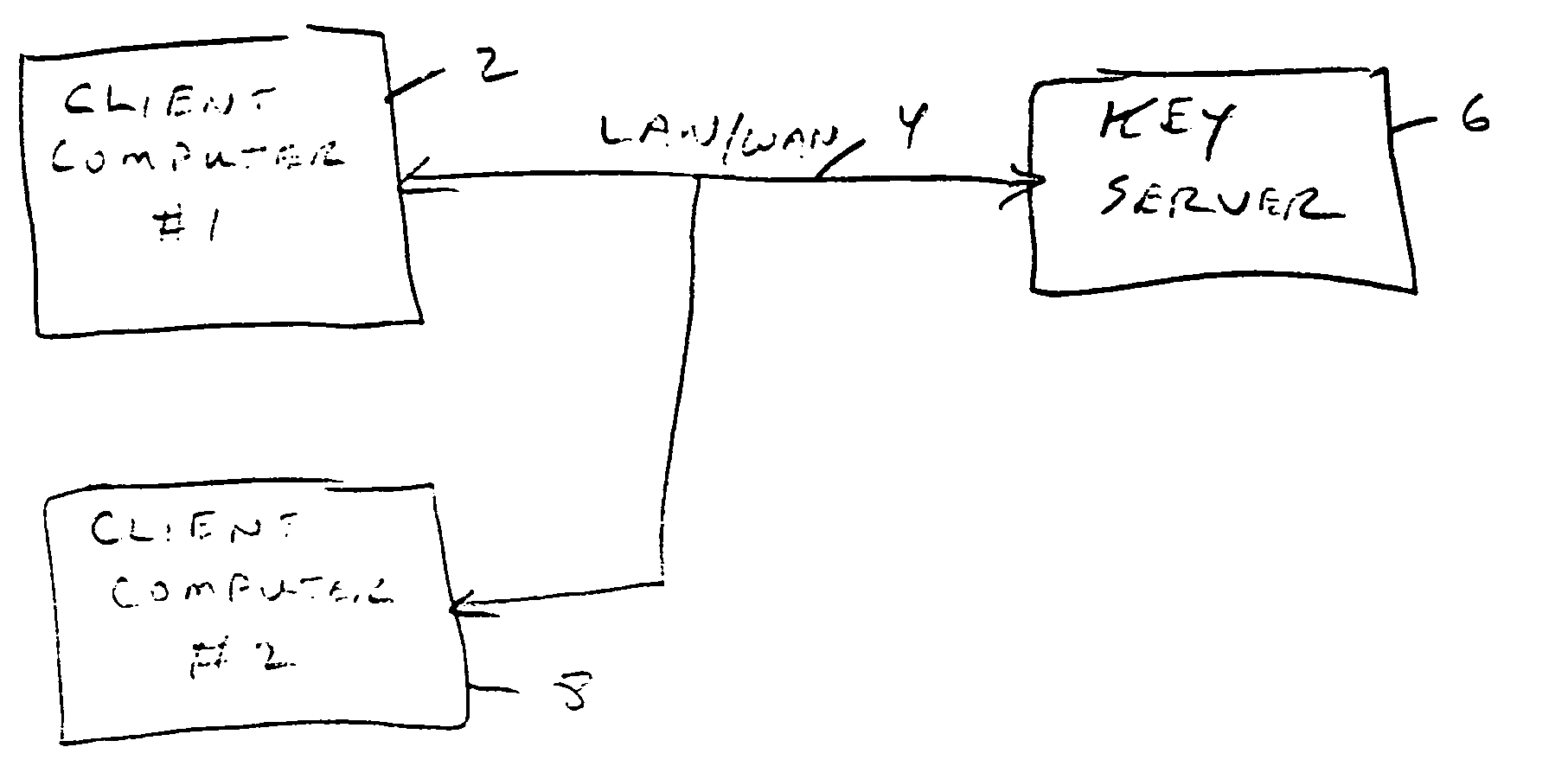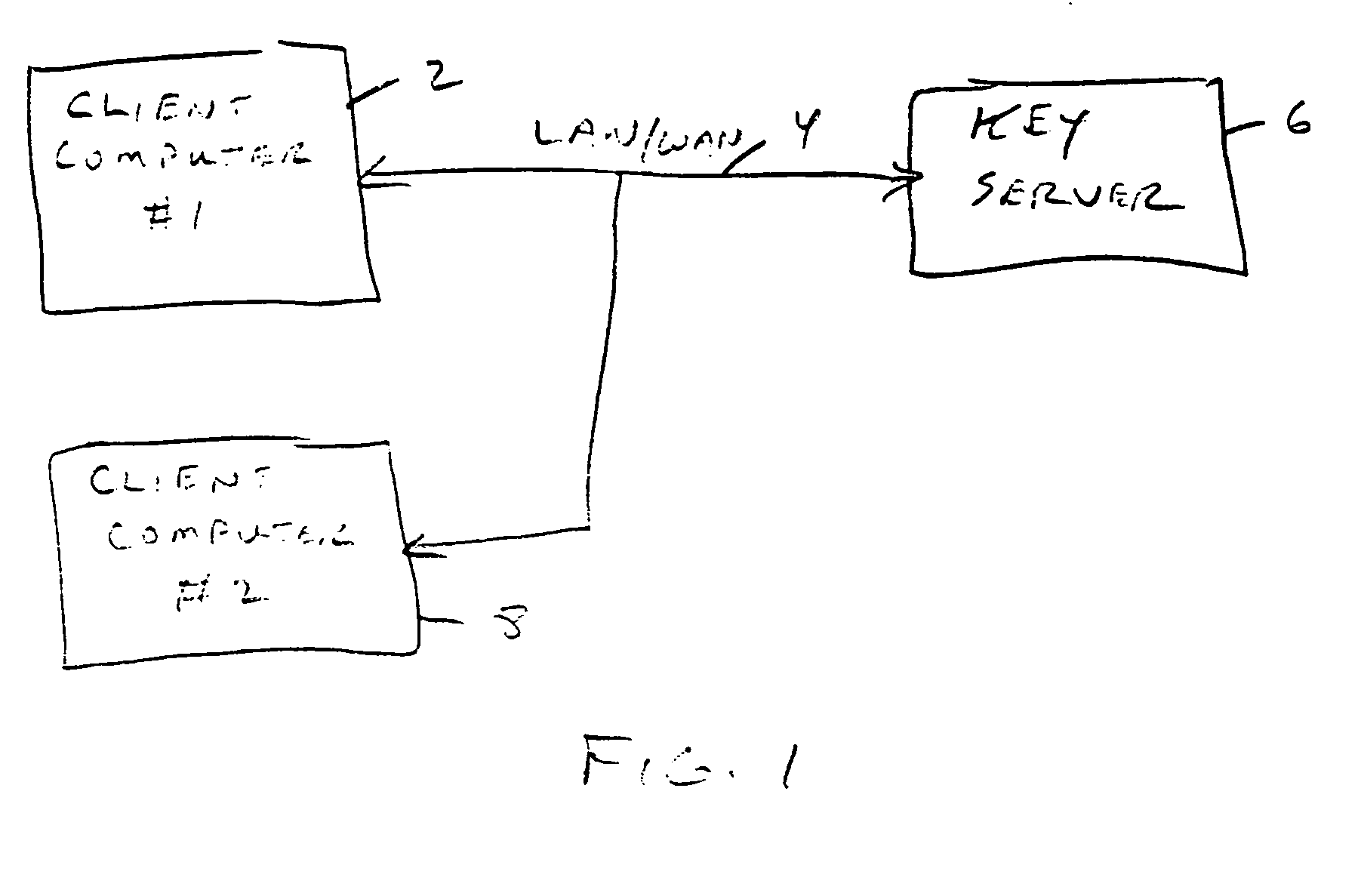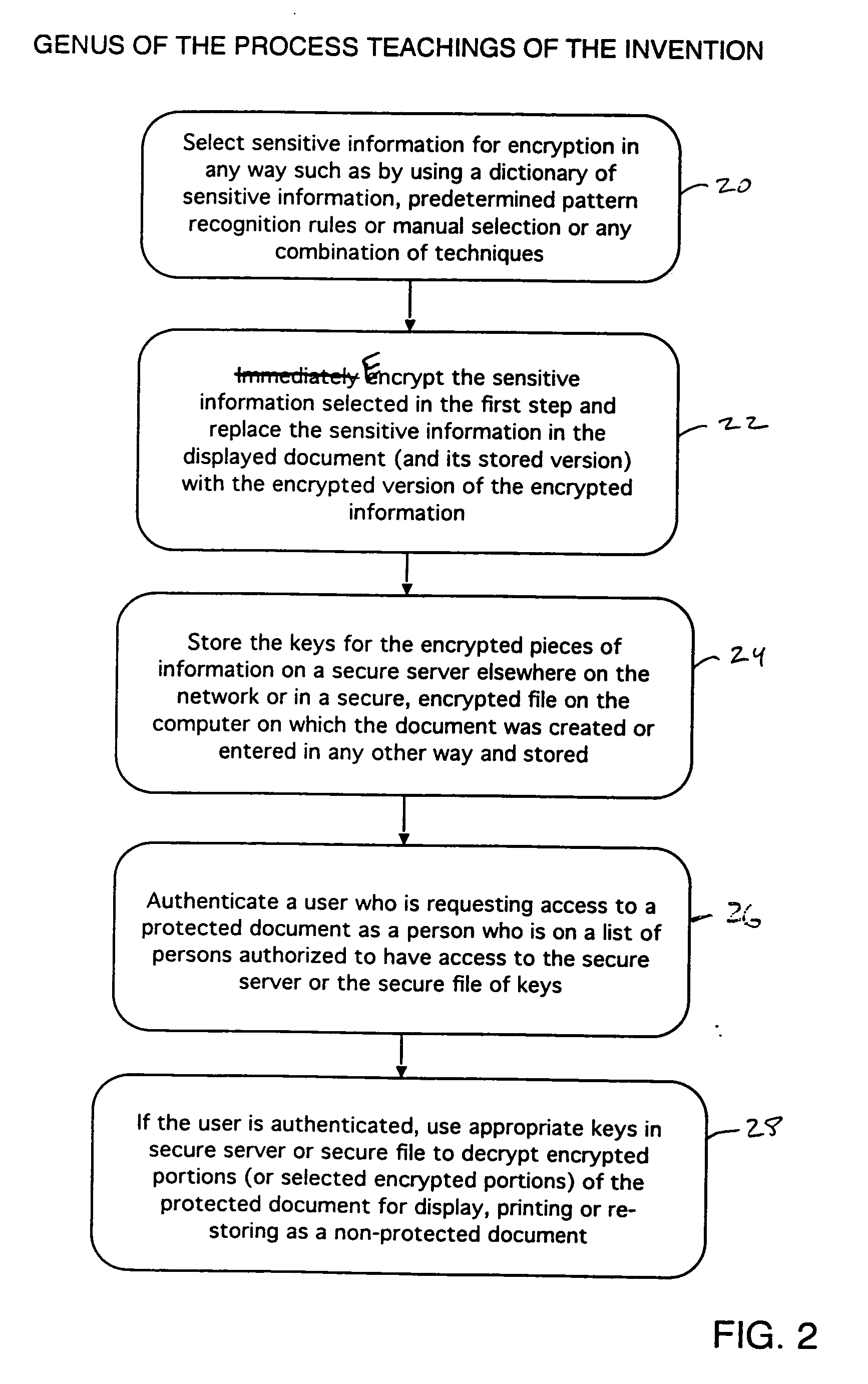One of the problems with databases is that they are persistent, often beyond the expectations and assumptions of the users.
This creates a problem of a large amount of sensitive information residing in computers without any person knowing about it until the data is discovered by somebody accidently or is located by an unscrupulous person and used to steal identities, make fraudulent purchases, etc.
Single pieces of information like social security numbers alone are usually not enough to
commit a crime.
It is when an unscrupulous person gathers a great deal of information about a person that
identity theft can occur.
If there is
internet access by the
client computers and / or servers, or modem connections hackers can break into the
system and steal sensitive information from these databases and repositories.
In addition, these documents and forms are sometimes sent over
the internet in email which is not a secure medium and can subject sensitive information to prying by persons with other than pure motivations.
Sensitive information can fall into the wrong hands by this avenue also.
The problem with encrypting entire files (documents) stored in computers is that the persons working with the files needs to decrypt them to work on the documents.
This is a hassle and slows down work, so most people do not encrypt their files.
If the computer is stolen or sold at auction in a bankruptcy and the hard drive is not cleaned, sensitive information can be lost to unscrupulous persons if the documents are not encrypted or if they are encrypted and the buyer of the computer finds the key to decrypt the files.
Further, besides the theft and sale at auction scenarios, opportunistic crime is also on the rise.
If the economy continues in its recessionary funk or recovers and goes back into a funk later, opportunistic crime will rise as people who are desparate for money turn to crime.
Thus, even if all computers in an organization have user names and passwords to log on and even if documents stored on the computers are fully encrypted, the sensitive information in the documents is still not safe from employees working with the documents.
In other words, unscrupulous employees of organizations who have access to sensitive information of customers, such as files they decrypt to work on or just access to work on, can sell that information to
identity theft rings because they know the passwords and decryption keys.
There has been one documented case where a receptionist at a doctor's office sold sensitive information of patients to an
identity theft ring which resulted in hundreds of identity thefts.
In another case, a disgruntled employee who felt she was not being paid sufficiently posted the records of customers of her employee on
the internet to damage her employer and subject it to lawsuits for breach of privacy.
It takes a great deal of effort and time on the part of an identity theft victim to straighten out ruined credit and get bill collectors off his or her case.
Bill collectors are not susceptible to being easily convinced that their target was the victim of an identity theft.
Further, such prior art does not protect the sensitive information if somebody steals the disk drive or the computer upon which the encrypted documents are stored or the computer is sold at auction and the new possessor gets access to the public and private key rings stored on the drive.
Neither prior art
system protects sensitive information from the authorized users thereof or from buyers of the computer or thiefs if the keys to decrypt the files are stored on the computer.
In other words, sensitive information is exposed to the extent the degree of security applied to the computer is weak.
Further, sensitive information is always exposed to the employees of an organization that have to work with the data, and no amount of security applied to the log on process or encryption of individual documents can reduce that risk.
 Login to View More
Login to View More  Login to View More
Login to View More 


